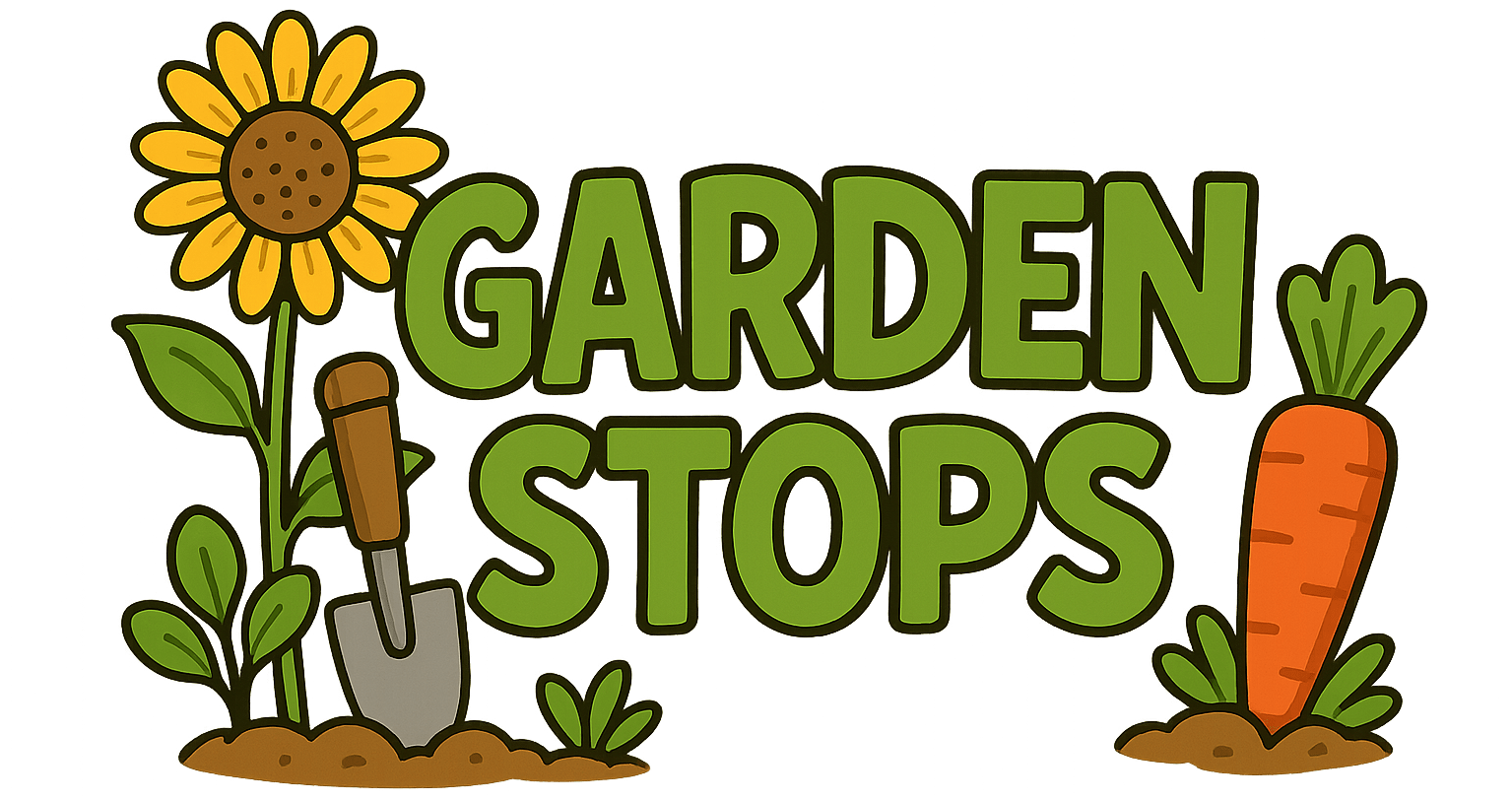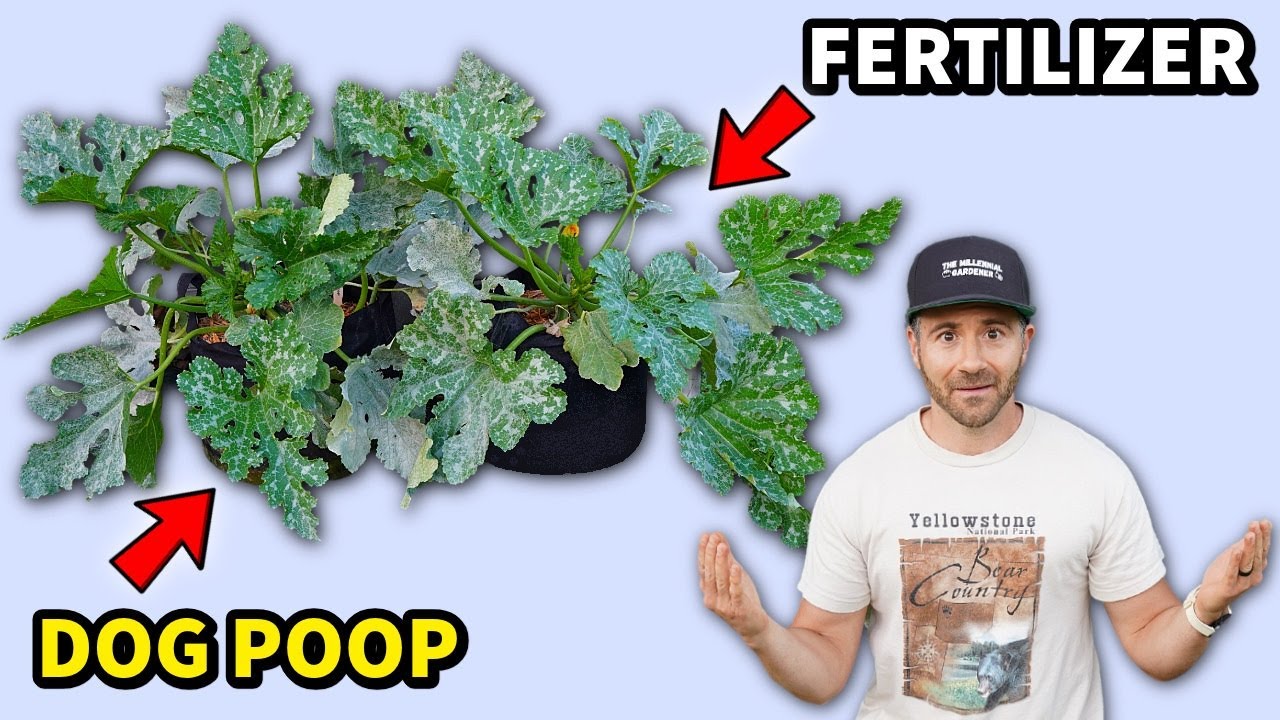Have you ever wondered what might happen if you used dog waste as fertilizer for your vegetables? While it may sound unconventional, growing vegetables in dog waste can have surprising effects—both positive and negative—that you need to know before trying it yourself. In this article, you’ll discover the risks, benefits, and important safety tips to consider when exploring this unusual gardening method.
Introduction
Imagine a garden where the scent of blooming tomatoes is intertwined with the pungent aroma of, well, Rover’s latest contribution. Yes, you read that right. We’re delving into the muddy, sometimes controversial world of growing vegetables using dog waste—an idea that sounds more like a dare than a gardening tip. Yet, in this quirky, soap-opera-like experiment by The Millennial Gardener, there’s a surprising amount of science, humor, and earthy wisdom packed into a single video. As we settle into our outdoor chairs, ready to witness vegetable growth, it’s impossible not to wonder—what happens when you fertilize your prized cucumbers with dog manure? Do the results make you bark with delight or dig a little deeper into that compost bin?
In a landscape teeming with organic gardening hacks and eco-friendly innovations, this experiment stands out like a golden retriever in a sea of potted petunias. It’s part daring DIY, part scientific inquiry, and all wrapped in a witty narrative that makes you rethink what “clean” and “green” really mean in the realm of sustainable gardening. So buckle up as we explore this unconventional journey—from the raw, unfiltered step-by-step process to the leafy, fragrant fruition of a garden fed by Fido’s finest leftovers. Spoiler alert: There’s more to this tale than just a wagging tail and a pile of manure.
The Curious Case of Canine Compost: What Happens When You Grow Veggies Using Dog Poop?
Picture the scene: The gardener, armed with a spade and an ironic grin, begins composting dog waste in a manner that defies conventional wisdom. Yes, that’s right—dog poop, often cast aside as a health hazard or nuisance, becomes the star of this eco-conscious experiment. The video takes you through meticulous steps, like a chef preparing a gourmet dish, carefully balancing compost materials and ensuring proper aeration. It’s not just about tossing the manure into the garden bed; it’s a methodical process, including dehydration, composting, and chemical balancing—think of it as giving your garden a canine-inspired dose of organic fertilizer, with a science-y twist.
What makes this particularly compelling is how the gardener emphasizes safety and sustainability. They delve into the science behind composting dog waste, illustrating how pathogens are neutralized through high temperature and proper aeration. Watching this unfold is like witnessing a master chef turn a seemingly unappetizing ingredient into a nutritious feast—albeit one that might initially make your nose crinkle. The process reveals that, with patience and proper technique, dog manure can be converted into a surprisingly effective fertilizer, turning what many see as waste into a valuable resource. It’s a masterclass in eco-efficient repurposing, challenging that ingrained societal discomfort with pet waste, and urging viewers to see it through a new, greener lens.
Gone are the days when compost bins were solely for banana peels and coffee grounds. Here, dog waste takes center stage, proving that with proper handling, even Fido’s leftovers can contribute to lush, healthy vegetables. The video illustrates various garden products, from grow bags to organic fertilizers, offering a versatile toolkit for anyone willing to experiment. It’s a fascinating mash-up of gritty honesty and practical gardening wisdom—a reminder that nature, much like us, is full of surprises, some of which come with four paws and a wagging tail.
Monitoring Your Garden’s Furry Fertilizer: From Planting to Progress
Now, let’s talk about the real suspense—the tender, tiny seedlings poking their curious heads through the soil after being fed dog manure. It’s a bit like having a pet project that might, at any moment, turn into a full-blown plant rebellion. The gardener walks us through the step-by-step planting process, which is both instructive and oddly suspenseful. Each crop—be it carrots, tomatoes, or leafy greens—gets its own little nursery, watched over like prized pets. The video doesn’t just show you the planting; it captures the nuances, the tiny adjustments, and the moments of quiet hope that come with watching your garden grow.
There’s an almost humorous tension in these updates—are the plants thriving or just pretending? Every week, new progress reports arrive, featuring lush leaves, healthy stems, and even the occasional flowering spectacle. The gardener’s keen eye and gentle commentary serve as a reminder that gardening is as much about patience as it is about science. Despite initial doubts, these vegetables seem to respond positively to their canine-fertilized diets. As they grow, there’s a genuine thrill—like watching an underdog rise to unexpected heights—and the gardener’s enthusiasm is contagious.
Throughout the process, practical tips abound—from how to monitor soil health to amending deficiencies. Watching the garden evolve from bare earth to bountiful harvest is like witnessing a miracle—proof that even unconventional methods can yield unexpectedly fruitful results. The video becomes a testament to persistence and an invitation to question gardening norms, encouraging viewers to experiment within reason, of course. It’s a vivid reminder that sometimes, you have to step outside tradition to discover nature’s true resilience.
The Fruits of the Furry Labors: Final Results and Tasting the Garden
Finally, it’s time for the moment we’ve all been waiting for—the taste test. The garden fruits (or vegetables) are ready for their close-up, and the verdict often feels as suspenseful as a reality TV finale. The gardener slices into ripe tomatoes, crunches fresh carrots, and plucks shiny herbs, all with the same curiosity and skepticism that probably haunted their backyard from the start. The big question persists: Did vegetables grown with dog manure pass the taste test, and more importantly, are they safe for your family?
The results are surprisingly encouraging. The produce, nurtured by what many dismiss as “garbage,” looks vibrant, smells earthy, and tastes—well, it tastes like the garden did. There’s an undeniable satisfaction in biting into a vegetable that was, quite literally, fed some of Fido’s finest. The gardener shares their honest impressions—some flavors are a tad stronger, with an unmistakable “garden of adventure” aroma, but overall, the veggies are almost indistinguishable from conventionally grown counterparts. It’s a revelation that challenges deeply ingrained notions about waste, safety, and food quality.
What’s more, the video offers insight into the sensory and nutritional qualities of these vegetables, backed by simple, effective testing and taste-testing sessions that feel both scientific and very relatable. The gardener’s humor-sharp commentary and candid sharing of the results make for an engaging finale—an ode to curiosity, sustainability, and the stubborn hope that sometimes, the dirt on gardening runs a little dirtier, but yields richer rewards.
Frequently Asked Questions
1. Is it safe to grow vegetables using dog manure as fertilizer?
Yes, with proper composting techniques, dog manure can be used safely to fertilize vegetables. The key lies in high-temperature composting, which neutralizes harmful pathogens and parasites. The gardener emphasizes careful handling and diligent composting to ensure the end product is safe for consumption, dispelling the myth that all dog waste is inherently risky. This process transforms what many see as waste into a nutrient-rich, eco-friendly fertilizer.
2. How long does it take for vegetables to grow in dog waste-fertilized soil?
Growing time depends on the crop type, but generally, most vegetables like tomatoes or carrots require about 60 to 90 days from planting to harvest. The video shows the gardener monitoring progress over several weeks, offering realistic timelines and acknowledging that patience is a gardener’s best friend. Despite the unconventional starting point, these plants follow the usual growth patterns once they’re fully established.
3. What are some essential gardening tools and supplies recommended for this kind of experiment?
The gardener highlights tools such as sturdy compost bins, grow bags, organic fertilizers, pH meters, and kneeling pads. Items linked in the description include eco-friendly composting kits and biodegradable seed-starting trays. These supplies help optimize the environment for healthy growth and safe composting, making the process both manageable and rewarding for DIY enthusiasts eager to try eco-gardening with a twist.
4. Can I grow my own vegetables using my dog’s waste from home?
Absolutely, but only if you’re committed to rigorous composting protocols. Maintaining proper temperature, moisture, and aeration is vital to rendering the waste pathogen-free. The gardener’s step-by-step videos are perfect for beginners and seasoned gardeners alike, demonstrating that it’s not just a quirky idea but a viable, sustainable practice if handled carefully.
5. What are some eco-friendly gardening hacks I should know before starting?
One quick hack is using organic composting methods that maximize nutrient retention while minimizing environmental impact. Incorporating ingredients like leaf mulch, straw, and kitchen scraps alongside dog waste can boost compost quality. Also, employing raised beds or grow bags reduces soil contamination risks, and subscribing to gardening blogs or forums can provide ongoing tips—just like this one—to ensure your garden thrives sustainably.
Final Thoughts
In the end, growing vegetables using dog waste isn’t just a bizarre experiment; it’s a provocative invitation to rethink waste, sustainability, and the limits of our gardening comfort zones. The Millennial Gardener’s candid, clever approach turns taboo into treasure—showing that with a little knowledge, patience, and a sense of humor, even Fido’s leftovers can nourish your garden crop. It’s a lesson in resilience and innovation, reminding us that nature’s bounty often comes with a side of the unexpected. So next time your garden seems a tad drab, consider the unconventional—after all, the most fruitful ideas often start where you least expect them, wagging and waiting just outside your compost bin.

